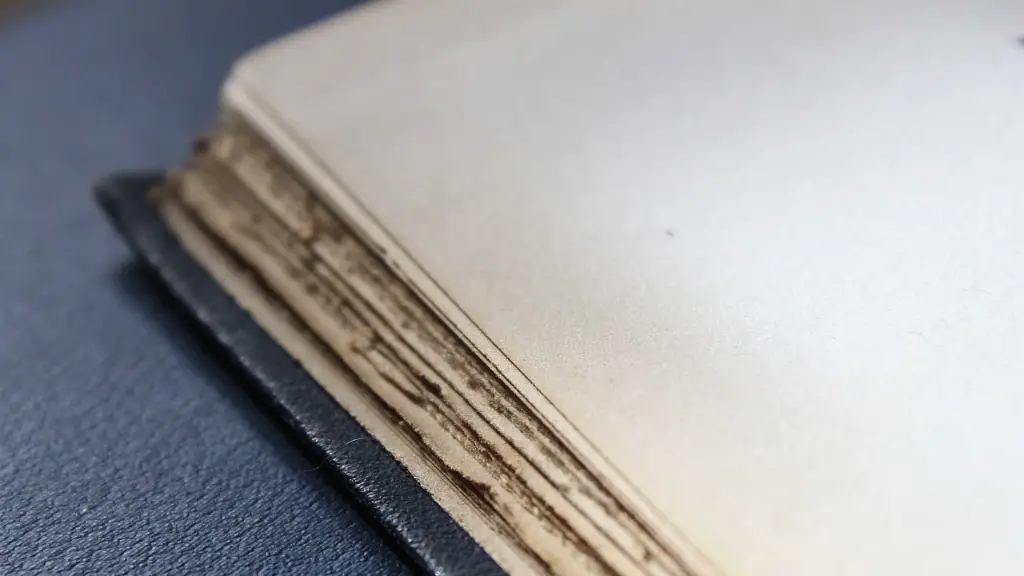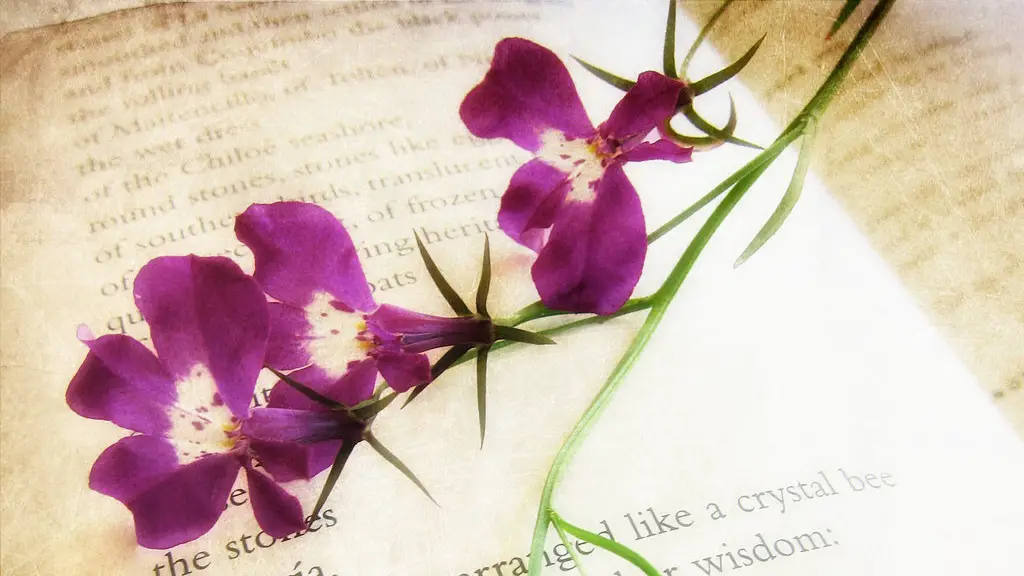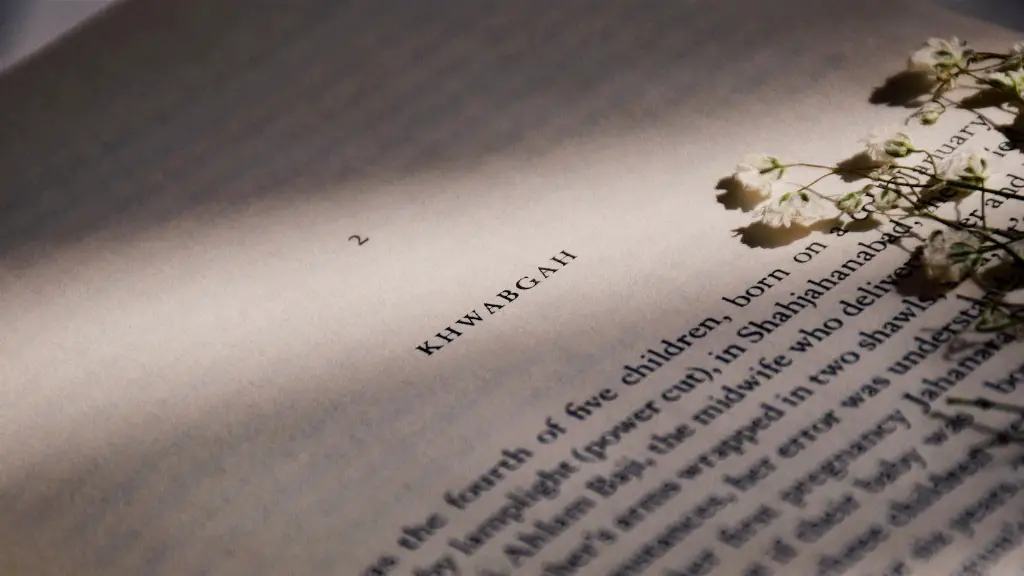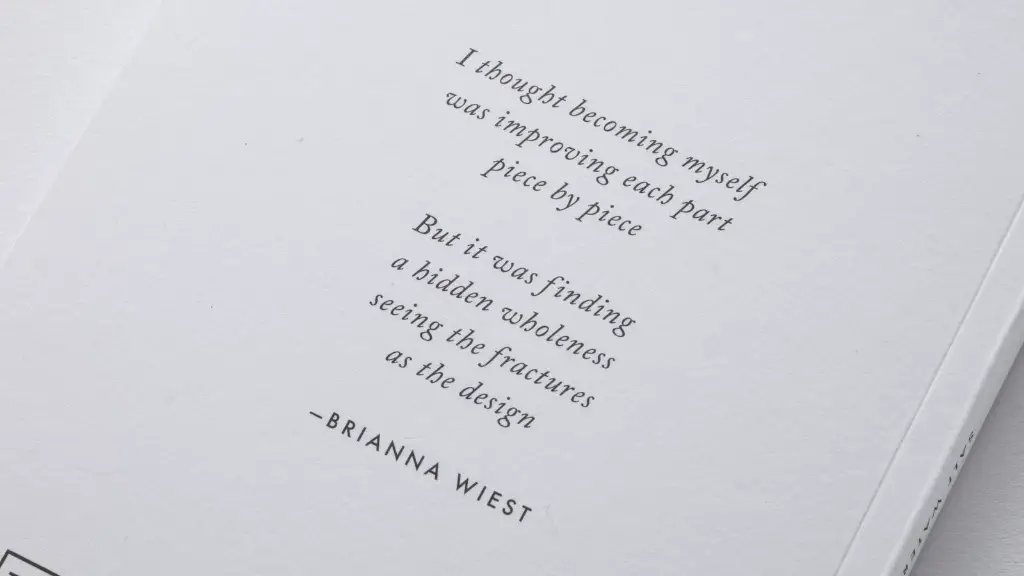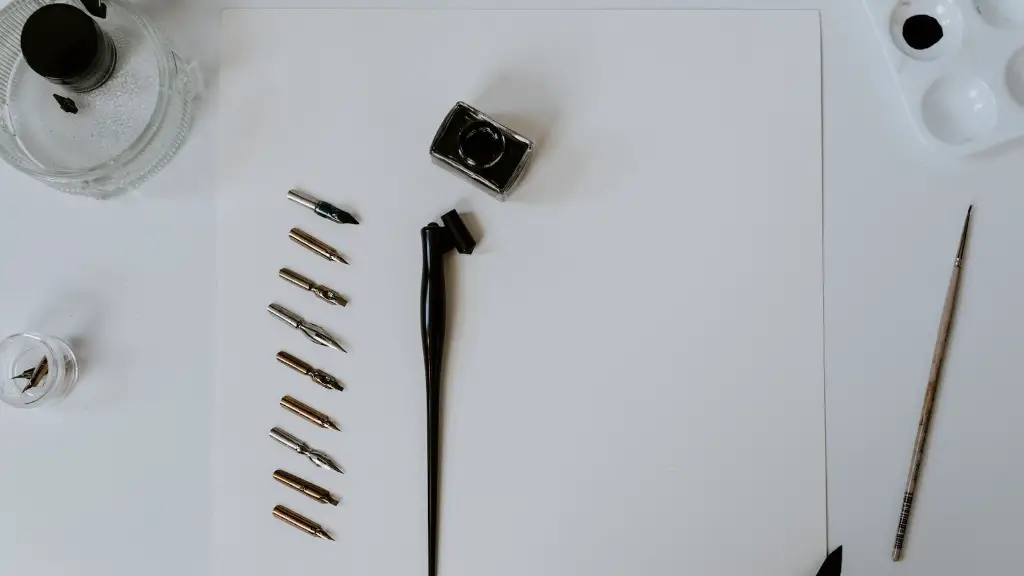Poetry is everywhere, in books, in stories, and even in songs. It is an essential part of literature, culture, and art. It has the power to transform and transport us into new and stimulating worlds. So, what inspired poetry?
Poetry is often inspired by nature, the breath-taking beauty of a sunset, or the deep blue of the ocean. Similarly, human emotions and events can also act as a source of inspiration for poets. In particular, poems have been used to express love, sorrow, and joy.
According to literary experts, literature has been inspired by language itself. They argue that the arrangement of words on a page makes it possible to convey an underlying message beyond the surface. It is said that a good poem can evoke a wide range of emotions and thought-provoking insights.
In contemporary society, some poets have used their art to reflect their beliefs and challenge injustices in their communities. We can see this in the work of poets such as Maya Angelou, who wrote about subjects such as racism and sexism, and Robert Lowell, who wrote controversial poems about the Vietnam War.
The advent of the internet also created a new wave of inspiration for poets. They can find sources of inspiration in web forums, blogs, articles, and other media. Some have even used their work to comment on current affairs and aspects of popular culture, from social media to politics.
The writing of poetry is often described as a form of meditation or spiritual practice for those who practice it. It can provide an avenue for self-expression and reflection. Poetry can take a writer on a journey of creativity and exploration, providing an outlet for contemplation and ideas.
Overall, what inspires a poet to write is often subjective and personal. It’s a process of exploration that takes every individual on their own unique and individual journey to discover what they want to express and how they want to express it.
Love and Relationships
Love and relationships are among the most often explored topics in poetry. Poets throughout the ages have used their art to explore the complexities of human emotions, relationships, and interpersonal dynamics. Poems about love, passion, and unrequited longing often resonant deeply and can move readers to tears. Many poets use metaphor and imagery to further explore the themes of love and relationships, creating vivid and powerful works of art.
One of the most iconic love poems of all time is Sonnet 116 by William Shakespeare, which begins with the beautiful line “Let me not to the marriage of true minds/Admit impediments.” This poem celebrates the idea of true, unconditional love and has been inspiring readers and poets alike for centuries. Other romantic poems that are likely to inspire include A Sea-Spell by H.D. and You Were Wearing by Eavan Boland.
Poetry is also a powerful means of expressing heartbreak and sorrow. Poems such as The Love Song of J. Alfred Prufrock, by T.S. Eliot, and The Dream by John Keats have explored these themes in a raw and visceral way. They also reflect on the tragedy of unrequited love and provide a space for readers to process loss, bereavement, and disappointment.
On the flip side, poetry can also be used to celebrate the joy of a new relationship, the beauty of spending time with a loved one, and the ability to share a tender moment. Poems such poems as How Do I Love Thee?, by Elizabeth Barrett Browning and Love Is Not All by Edna St. Vincent Millay are likely to help a reader appreciate the beauty of love.
Political Poetry
Political poetry has been around since the earliest days of written literature, and has been a powerful medium for social and political commentary. Poetry has often been used to challenge governments and oppressive regimes, as well as to ignite political movements. It has also been used to provide an outlet for rage and injustice and to build solidarity amongst protesters.
Essential works of political poetry include poems such as “The Ballad of Birmingham,” by Dudley Randall, which was written in response to the 1963 bombing of a black church in Birmingham, Alabama. Similarly, Maya Angelou’s “Still I Rise” is a powerful poem about resilience and perseverance in the face of oppression and discrimination. Other timeless works of political poetry include “The White Man’s Burden,” by Rudyard Kipling and “If We Must Die,” by Claude McKay.
In more recent years, modern poets have used their art to explore new frontiers of art and politics, often using multimedia and digital technologies to reach wider audiences. Social media has become an essential tool for poets to share their work and to build a community of like-minded individuals. As we move towards a more uncertain future, political poetry is likely to continue inspiring readers both young and old.
Contemporary Poetry
Poetry is a fluid art form, and is constantly evolving with the changing times. Contemporary poetry reflects the latest trends in culture, technology, and humanity. It is often described as being more avant-garde, edgier, and more open to experimentation. Contemporary poets take a more liberal approach to their art and are often willing to push the boundaries of traditional poetic forms.
Notable contemporary poets include Rupi Kaur, a Canadian-born poet and social media phenomenon whose work often focuses on themes of love, loss, and identity. Similarly, American poets like Terrance Hayes and Ocean Vuong have used their art to explore the complexities of identity, race, and humanity. Other inspiring contemporary poets include Andrea Gibson, Aja Monet, and Fatimah Asghar.
What’s more, the rise of online platforms such as Instagram and Tumblr has opened up the poetic world to a wider audience, providing a space for poets to share and explore their art with a greater level of freedom and diversity. This has allowed poets to develop and expand their craft in exciting and innovative ways.
Non-‘Traditional’ Forms of Poetry
Poetry isn’t all about the written word, with many poets embracing non-traditional forms of expression. Music, film, and performance art are just some of the mediums that have been used to explore and capture the essence of poetry. Many contemporary poets are turning to more experimental forms of expression to make their work more accessible and engaging.
Moreover, spoken word poetry is rapidly growing in popularity, with many organizations and events devoted to this art form. Spoken word is a powerful and often emotionally charged form of poetry that encourages audience involvement and engagement. It is considered an integral part of the poetic tradition, and is often used as a tool for political and social change.
The rise of modern technology has also transformed poetry, with poets through the ages embracing new technologies to create and refine their work. Many contemporary poets are making use of social media to build their audiences, and some have even begun exploring artificial intelligence and the potential for machine-learning algorithms to create poetry.
Conclusion
Poetry is an ancient and ever-evolving art form that has been inspiring poets and readers for centuries. From nature and human emotion to current events and popular culture, poetry can be found in all aspects of life. It is a powerful form of expression that can influence, inspire, and move readers in unexpected ways.
